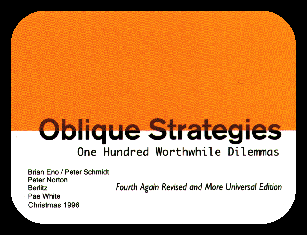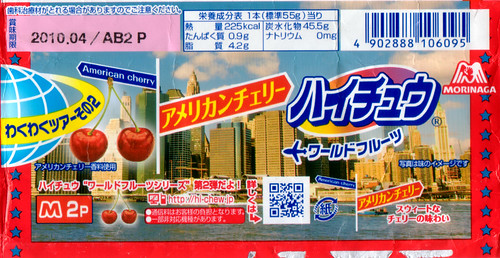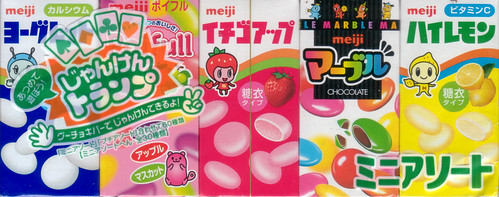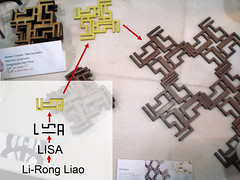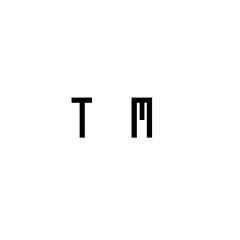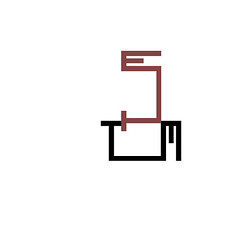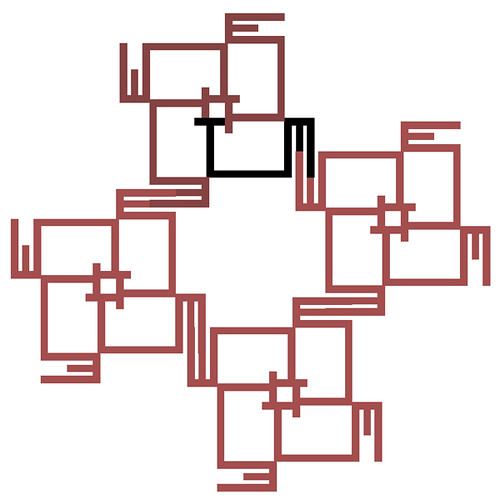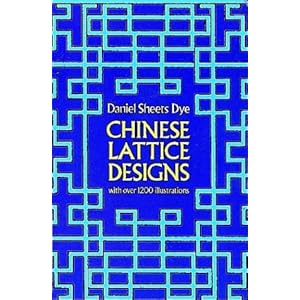I love the rituals of unwrapping and the nuances of packaging. How others unwrap, you partly orchestrate by how you wrap. I’ve found there are many categories of gift unwrapper to keep in mind:
- the person made nervous and hesitant by any wrapping that is at all fancy, particularly any nice paper; typical exclamation, “I don’t want to tear this paper, it’s so nice!” Unfortunately, you’ve injected anxiety into her gift experience, where it shouldn’t be.
- the meticulous unwrapper, who seeks to avoid all rips and who carefully removes tape from paper, torturing the less patient people around her.
- the ripper, who just takes the shortest path to the goal, and tosses the paper aside as garbage; and
- the keeper, who always wraps the gift back up in the wrapper, and keeps the gift together with wrapper.
Because of unwrapper #1, the nervous, I now try to wrap presents tapelessly just as I used to, but secured with a single, visually prominent sticker. This provides the unwrapper with a signpost to how to unwrap, relieving unwrap anxiety. Also, for unwrapper #3, the ripper, the sticker provides a single obvious place to rip – because even the rippers are to be accommodated, by the gracious giver.
I got the tip about the sticker from the gift wrappers at a stationery store I visited in Tokyo, who would do in seconds these ultra-neat diagonal wraparound wrappings, seemingly with just a few graceful movements, and they would seal each one with a small round sticker emblazoned with the store emblem and name. Nice touch.
It’s also for the sake of unwrapper #4, the keeper, that I try to wrap without tape or glue and perhaps just a sticker, so the present can be opened just by unfolding the wrapping, and likewise can be re-wrapped by folding it up. Done right, there is a pleasant sense of congruence as the folds easily return to their closed form.
It goes to show, people have quite different attitudes towards the wrapping of presents – now how about the broader rituals surrounding gifts? In Chinese culture, for example, traditionally it is common to three times decline, and then not open a present when in the presence of the giver; you should neither open a gift there-and-then unless repeatedly urged to, nor should you be be surprised if your host just puts your gift aside. In such a context, I once gave my [Chinese] host a meeting gift, i.e. gift upon first meeting someone (which I consider to be a charming practice, even if it’s dying out in China), and I was surprised when she immediately turned around and left the room, then came back a few minutes later without the gift, and didn’t mention it further.
Because all this social practice baffles me, I’ve naturally turned to a book — The Gift, by Marcel Mauss, an anthropological and sociological study of mostly ancient gift practices, such as potlatch, (an occurrence, incidentally, in many societies and not just the well-known Northwest Indian case). Mauss makes the point that in most known ancient or aboriginal cultures, gift-giving was a primary economic activity, and the main way that goods were ‘traded’; and gift-giving was governed by a complex code of mandatory reciprocation, through which the society’s internal and external relations were articulated.
I’m not sure quite what to do with Mauss’ point, yet. On the one hand, it sounds quite nice, that when you give a gift, the recipient will either be certain to reciprocate, or will be beheaded. But on the other hand it could be a bit tiring, as it is said to often be for the Japanese, who for example have to manage to get their New Year’s cards to superiors delivered on precisely January 1, or give insult and incur shame. But generally, I don’t know whether to think I should strive only for well-reciprocated gift-giving and card/letter-sending, and consider the other cases to be broken social scenes. Or, should one accept that people are just various, like the gift-wrapping keepers and rippers, and they might or might not respond to gifts, and therefore the gracious gift-giver or letter-writer should just give — in our current meaning of the term, i.e. give freely, which Mauss suggests is an ill-conceived, latter-day practice.
This is why, despite giving it a lot of thought, it’s remarkably hard to be a good gift-giver or correspondent. Murky boundaries need to be sensitively tested, reciprocity built up delicately. What if you write someone an old-style paper letter, and they reply to you with Twitter Direct Message — 140-character limit in either direction, not archived, erasable at any time by either party? Rather a poor showing, one feels, but, I suppose you have to calibrate your exchange to the level that mutually works, even if you were hoping to be something more than friends, so to speak.
All this is a sign of how dramatically correspondence has evolved in our time. There is the movement towards public exchange, where people talk directly to friends via the mechanism of public comments on a Facebook wall, or other social-network equivalent. There is the deliberate self-constraining, of choosing to communicate in tiny bursts via Twitter or Twitter Direct Message; there is the complex way that twittering weaves together links, follower lists, subject tags, such that the overall system builds great complexity out of very simple posts. Finally, there is the slow death of paper correspondence: the other day I overheard someone waiting for an elevator, saying, yeah, she’s still sending Christmas cards, but that whole practice will die off in a couple of years. The movement of correspondence into online forms is like the movement of advertising dollars into online: the big increases there come at the expense of ad spending in other media, which face a steady and sad decline. As people habituate to Twitter and Facebook, for example, quite likely their ability or inclination to write a handwritten letter, or possibly even a letter-length email, erodes inexorably.
A happy although here is that, precisely as paper correspondence becomes rarer, it becomes more expressive and valued as a classy, considered, distinctive touch. There will probably always be executives, lovers, nostalgists, esotericists, authors, and digital malcontents who will gravitate to the ancient, permanent medium of quality paper, pen (preferably fountain pen), and ink (a thousand colors, available in those lovely old glass bottles). Part of the draw for many is that such communications could conceivably last for centuries; when people look back upon our “digital dark age”, from which most information is lost due to obsolescence of media and electronic formats, the once-esoteric paper media may be the main record. Revenge of the obscurantists, of those who gift their paper letters to the future! Perhaps the future will reciprocate your offering, even if your current correspondents don’t.

